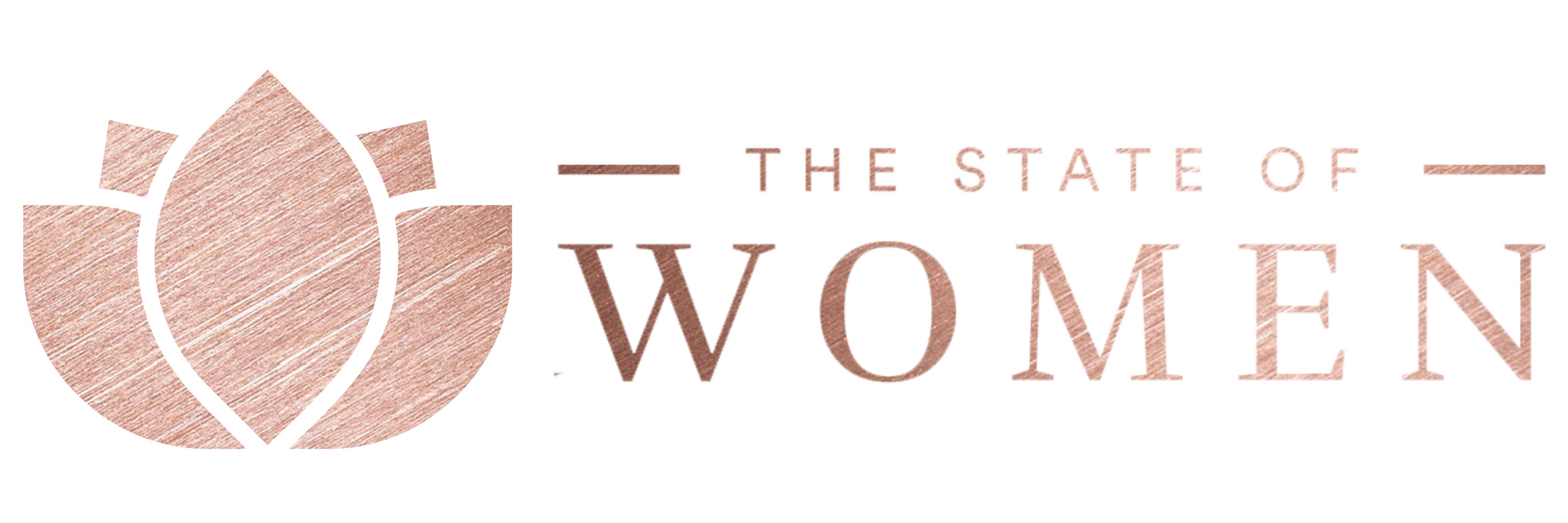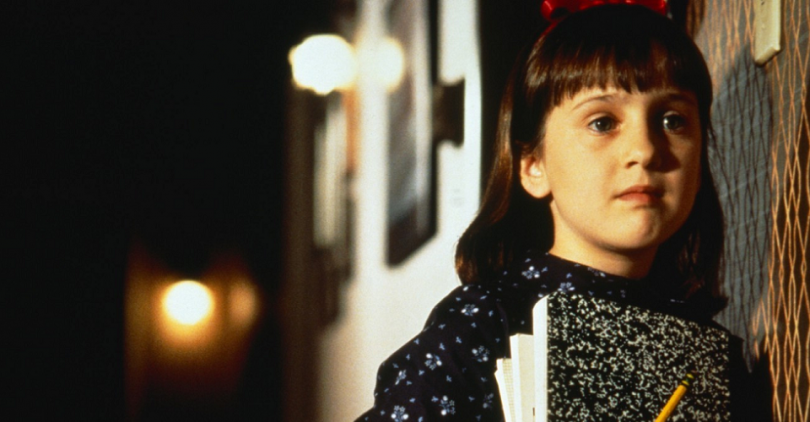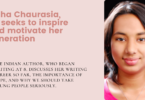theatlantic.com – My two best friends and I were three lonely children growing up in the ’90s without siblings for playmates. We eventually found each other, but we also found comfort and adventure in a spate of intelligent films about girls like us—heroines of non-franchised stories set in the real world rather than a computer-generated one. There was Mary Lennox in The Secret Garden, Sara Crewe of A Little Princess, Fiona in The Secret of Roan Inish, and the protagonists of Matilda, Harriet the Spy, Fly Away Home, The Parent Trap, and Ponette. These girls were too young for love triangles or battling dystopian forces. Their stories and conflicts varied, but they served to eventually reveal certain qualities: resilience, imagination, audacity, and compassion.
Another thing these films have in common is that they came out decades ago. Today’s audiences rarely see movies like The Secret Garden and Matilda—live-action works for and about younger girls that celebrate the ambition and resourcefulness of their protagonists. For studios, big-budget sequels and reboots and remakes dominate the day. Kids’ movies as a whole are usually animated and/or feature protagonists who are a bit older (or four-legged). Combine that with other systemic problems like outdated ideas about gender and marketing, as well as a dearth of female writers and directors, and the result is a cinematic landscape for girls that’s in some ways less rich today than it was 20 years ago.
Though modern films with boy protagonists are also increasingly animated (Big Hero 6, Sanjay’s Super Team), there are still a few live-action options with young heroes who use ingenuity and courage to solve problems (Pan, The Jungle Book). But within the broader context of storytelling, toys, and costumes for children, boys have traditionally been permitted to fill a wide range of exciting roles (pirates, superheroes, ninjas, astronauts). Girls, meanwhile, tend to be slotted into a narrower range of character types (princesses chief among them), making it that much more valuable when films present alternatives young female viewers can relate to. The problem is even worse for young girls of color, who historically haven’t seen many images of themselves on screen, animated or otherwise (though films like the upcoming Moana seem to offer some hope that might change for the better).
Want to receive early-bird invitations to our global events, custom-tailored content we think you’ll love, and get exclusive access to “The World Women Report”?







